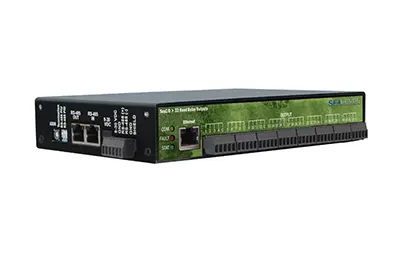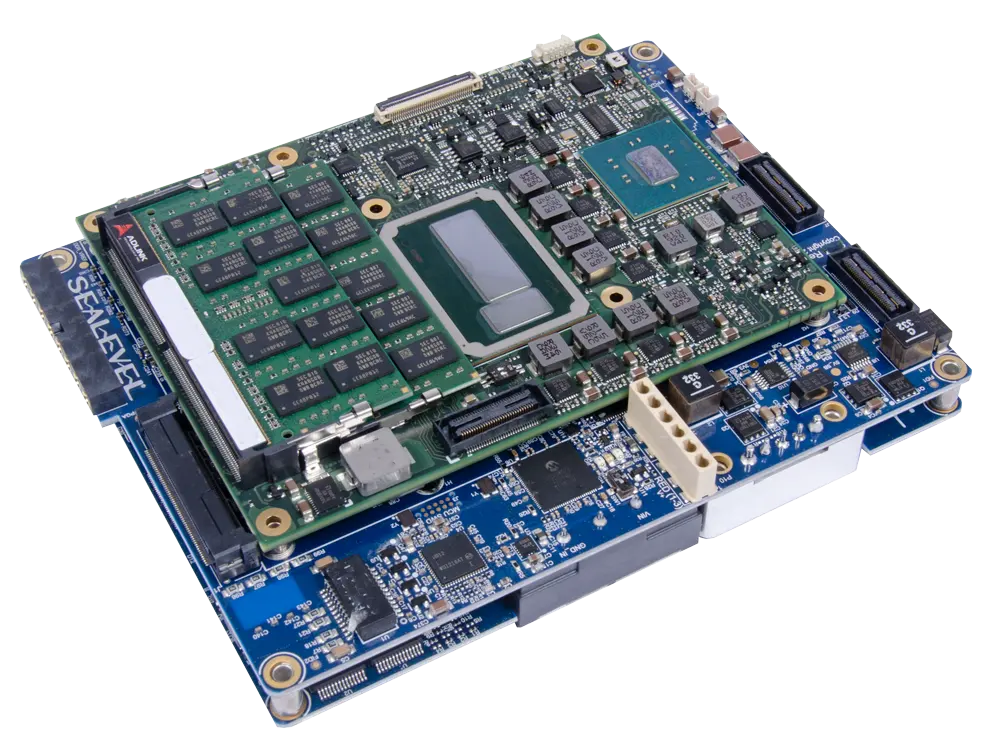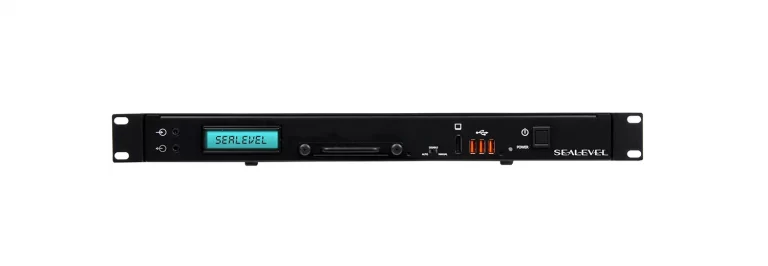The Top Ways 5G is Empowering Public Safety Communications
August 10, 2022Communication technology plays a vital role in public safety. The fifth generation (5G) of wireless technology is improving emergency communication by enabling functionality not previously possible. The improvements include things like: higher data rates, higher network capacity, faster download speeds, increased device connectivity, network slicing, and the biggest improvement, lower latency. 5G manages to reduce the latency delay to only one millisecond, allowing life-or-death operations to be conducted over a remote connection in real-time. 5G also solves many of the security flaws of its predecessor by better protecting government information and ensuring critical systems never fail.
Remote Access to Real-Time Public Safety Data
The 5G broadband network enables people to access their home cameras and sensors remotely and have that information sent to security services in real-time. 5G’s extensive networks allow first responders access to real-time data in order to make more informed decisions, all with the help of things like clearer audio, video, real-time text, enhanced vision for firefighters in smoky rooms, and utilizing network slicing through intelligent transportation systems (ITS) for emergency vehicles to ensure there are no interruptions or security breaches by users nearby. 5G has also improved services like emergency responder radio communications systems (ERRCS) and distributed antenna systems (DAS), allowing emergency personnel to respond faster than ever before.
Reliable Public Safety Communication
Fast, reliable, and secure emergency communication is essential to public safety, and 5G is making that possible through the improvement of communications service providers (CSPs). Now, even in severe weather, there is always a readily available network for first responders to rely on and communicate through. The 5G network also provides secure connections in areas that have traditionally been dead zones, like stairwells, elevators, and basements.
Drones & The Future of 5G for Emergency Applications
The widespread adoption of the new communications network will serve to supercharge existing emergency equipment. 5G ambulances could easily include features like high-definition video and CT and X-ray scans, connected to both the emergency vehicle and desired medical center through lower latency, allowing remote triage and diagnostics. Drones have been available to the public for years but are only recently becoming a crucial tool for emergency services. The 5G network enables drones controlled remotely by emergency personnel to monitor critical emergencies and natural disasters, reducing the risk to the lives of responders and the general public. The 5G network also enables drones to deliver medical supplies, provide real-time surveillance, aid firefighting, and complete emergency medical transportation.
It will take time for 5G to become as ubiquitous as its predecessor; while already available to the general public, it will likely take several years to reach all public safety agencies. This is primarily due to the infrastructure requirements. The 5G communications network utilizes extremely high-frequency millimeter waves, which enables a much higher data rate than the lower frequency 4G network. At the same time, the higher frequency spectrum has a much shorter range than 4G networks, which necessitates the construction of thousands of new transmission stations.
Sealevel Products at Work in Public Safety Communications
Reliable I/O for Gunshot Detection

Sealevel partners with Shooter Detection Systems, a leading provider of gunshot detection technology for schools, public venues, and government facilities. Their system integrates with video, access control, mass notification, and other alarms. In order to improve the robustness of the system, they now incorporate our SeaI/O-440E data acquisition device. The 440E’s Reed relays ensure reliable performance as well as fast response times.
Geospatial Mapping for Mission Critical Communications

A leader in augmented reality mapping provides a solution that displays and records video overlaid with data that is used by law enforcement, search & rescue, firefighters, military, and unmanned aircraft systems. Their solution relies on a COM Express-based carrier board, designed and manufactured by Sealevel. The board is functionally dense with a diverse I/O mix, all within a very small form factor.
911 Dispatch Computer for Voice to IP

Sealevel has a longstanding relationship with a worldwide supplier of communications systems for first responders, designing and manufacturing their 911 dispatch computer. The initial system, and subsequent upgrades, have been planned to avoid obsolescence issues they experienced with their initial provider. By relying on COM Express architecture, we have been able to successfully upgrade their solution without a complete system redesign, adapting to evolving technology.
Although there are still challenges to widespread implementation of the 5G network, once fully adopted it will empower first responders and public safety agencies to use new innovative tools and technologies in order to communicate and receive information faster, resulting in a safer society overall.